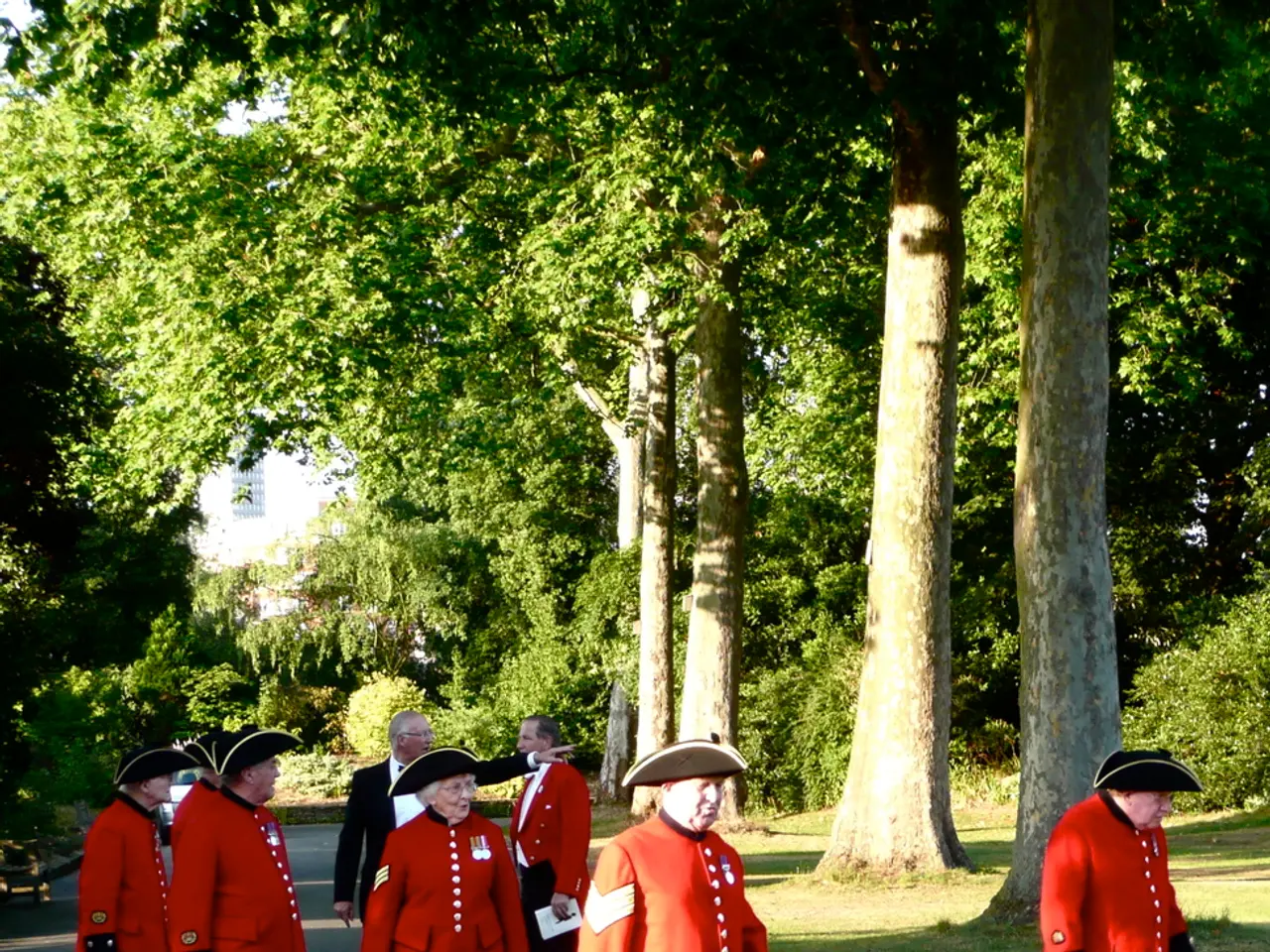Experience the Enduring Appeal and Captivating Charm of Classic Apparel!
Vintage Clothing: A Bridge Between Past and Present
Vintage clothing has gained significant popularity in recent years, and for good reason. Its allure stems from a combination of nostalgia, individuality, sustainability, economic advantages, and personal storytelling.
Nostalgia plays a crucial role in the appeal of vintage clothing. Pieces evoke memories and emotional connections to the past, often reminding wearers of traditions, family histories, or cultural eras. For instance, vintage camouflage patterns can connect hunters to lessons passed down by previous generations, symbolizing a legacy and shared identity. The rise of social media has also fueled nostalgic interest in fashions from previous decades, making vintage particularly appealing to younger generations like Gen Z who seek to connect with styles they didn't personally experience.
Individuality is another key factor. Vintage pieces offer unique style options not commonly found in mass-produced modern fashion. This uniqueness allows wearers to express a personal identity that goes beyond mainstream trends, making vintage clothing a form of symbolic self-expression and aspirational identity. Unlike fast fashion, vintage helps individuals stand out by curating distinct looks that represent their personal brand.
Sustainability is an important consideration for many consumers today, and vintage clothing aligns perfectly with this mindset. Buying vintage is a sustainable choice that reduces textile waste by recycling existing clothing rather than contributing to new production. Since most clothing fibers are not yet biodegradable, purchasing second-hand or vintage helps prevent garments from ending up in landfills, thus lowering environmental impact.
Economic factors also play a role in the popularity of vintage clothing. Vintage shopping can be economically smart as it allows people to find durable, high-quality, or designer brands at more affordable prices. The "gentrification of thrifting" means that thrifting is now normalized and desirable across different socioeconomic groups, potentially reducing stigma and making fashion more accessible. The growth of online platforms like Vinted and Depop also facilitates easier trading and selling of vintage clothes, supporting a circular economy.
Personal storytelling is another aspect that makes vintage clothing special. Wearing vintage connects people to personal or collective histories, allowing them to embody stories—whether family legacies, cultural movements, or individual memories. This connection to narrative and tradition makes vintage clothing more than just fashion; it becomes a tribute to those who came before and a medium to carry forward those identities and experiences.
In summary, vintage clothing offers emotional resonance through nostalgia, unique self-expression, eco-friendly impact, cost-effectiveness, and deep personal or cultural storytelling, all of which resonate widely across generations and social backgrounds. As individuals seek alternatives to fast fashion, the enduring appeal of vintage clothing continues to shine, providing a bridge between the past and the present.
Those who embrace vintage clothing find themselves not merely wearing garments but embodying stories and values from another time. However, it's important to note that vintage clothing requires more considerate care than modern counterparts due to its often delicate fabrics and unique construction. Knowledge of appropriate cleaning methods, storage techniques, and professional restoration is crucial for preserving the integrity of vintage garments.
Each vintage garment has a unique story, including the hands that crafted it, events it witnessed, and the journey it undertook through time. Wearing vintage clothing can be a subtle means of making cultural or social statements, reflecting the prevailing attitudes and values of its time. Vintage clothing can become a quiet rebellion against the homogeneity of mainstream fashion, a way to stand out by embracing the nuances of history and culture.
Overcoming challenges in adopting vintage clothing is a testament to the commitment and passion many vintage enthusiasts bring to their sartorial choices. Finding pieces that fit well in vintage clothing can be a challenge due to evolving sizing standards over the years. But for many, the rewards—the unique style, the connection to history, and the sustainable impact—far outweigh these challenges.
Interior design enthusiasts seeking a distinctive touch for their homes might incorporate vintage clothing into their decorative schemes. The vintage pieces, with their unique patterns, intricate details, and rich histories, can serve as conversation starters and centerpieces, demonstrating the homeowner's appreciation for fashion-and-beauty, as well as a keen eye for home-and-garden design, blending the past and present in a refreshingly novel manner.
Lifestyle connoisseurs eager to weave stories, traditions, and personal identity into their daily existence should explore the world of vintage clothing. These unique garments not only express individuality but also offer a glimpse into the culture, history, and lifestyle of earlier eras, infusing one's wardrobe with a layer of depth and meaning that resonates with the multifaceted complexities of today's fashion-conscious, sustainability-focused, and nostalgia-driven lifestyle.




